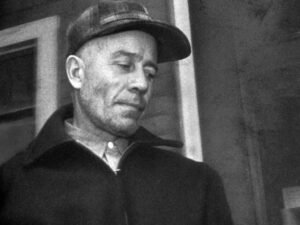When it comes to early childhood education, Pre-K is an important stage that lays the groundwork for future learning. As an educator, I’ve learned that creating engaging and effective lesson plans is key to fostering a love for learning in young children. In this article, I’ll share insights on how to craft Pre-K lesson plans that are not only educational but also fun and interactive.
Understanding the Importance of Pre-K
Before diving into lesson planning, let’s take a moment to acknowledge why Pre-K is so crucial. During these early years, children experience rapid development in various domains including cognitive, social, emotional, and physical areas. The right lesson plans can significantly impact their growth and help them build essential skills that they’ll carry into their future academic journeys.
Key Components of Effective Lesson Plans
In my experience, there are several key components that should be included in any quality Pre-K lesson plan:
1. Clear Learning Objectives
Every lesson should start with a clear set of learning objectives. What do you want your students to learn? For instance, if I’m planning a lesson around the alphabet, a possible objective could be: “By the end of this lesson, children will be able to recognize and name at least five letters of the alphabet.” Having clear objectives helps guide the activities and assessments you incorporate.
2. Engaging Activities
After establishing your objectives, it’s time to think about activities. Young children thrive on interaction and hands-on learning. I’ve found that incorporating various sensory experiences—like using Play-Doh for letter shapes or creating a scavenger hunt for objects that start with specific letters—makes the learning process much more enjoyable. Keep in mind the interests of your students; integrating themes they love can boost engagement levels.
3. Differentiation
In any classroom, children will have varying levels of understanding and experiences. It’s important to differentiate your lesson plans to meet the needs of all your students. This could mean providing additional support for children who are struggling or offering enrichment activities for those who are advanced. For example, I might have a small group working on letter recognition while another group practices writing those letters.
4. Assessment and Reflection
Assessment in Pre-K doesn’t have to be formal. Simple observations and interactions can serve as valuable assessments. At the end of your lesson, take time to reflect on what worked well and what could be improved for next time. Did children reach the learning objectives? Were they engaged? This reflective practice will guide your future planning.
Sample Pre-K Lesson Plan: Alphabet Exploration
Let’s take a closer look at a sample lesson plan that encompasses these components. This example focuses on exploring some letters of the alphabet:
Lesson Title: Alphabet Exploration
Materials Needed:
Activities:
Assessment:
Observe how well children can recognize and name the letters during each activity. Take notes on their writing attempts and engagement in the scavenger hunt.
Conclusion
Creating effective Pre-K lesson plans is about more than just delivering content; it’s about engaging young learners and helping them build a strong foundation for future learning. By incorporating clear objectives, hands-on activities, differentiation, and reflective practices into my lesson plans, I’m not only able to cater to diverse learning styles but also foster an environment that makes learning fun.
If you’re a teacher or caregiver looking to enrich your Pre-K classroom, I encourage you to experiment with these strategies. The joy of learning at this age is contagious, and with the right preparation and creativity, I know you can inspire your little learners to love education just as much as I do!




